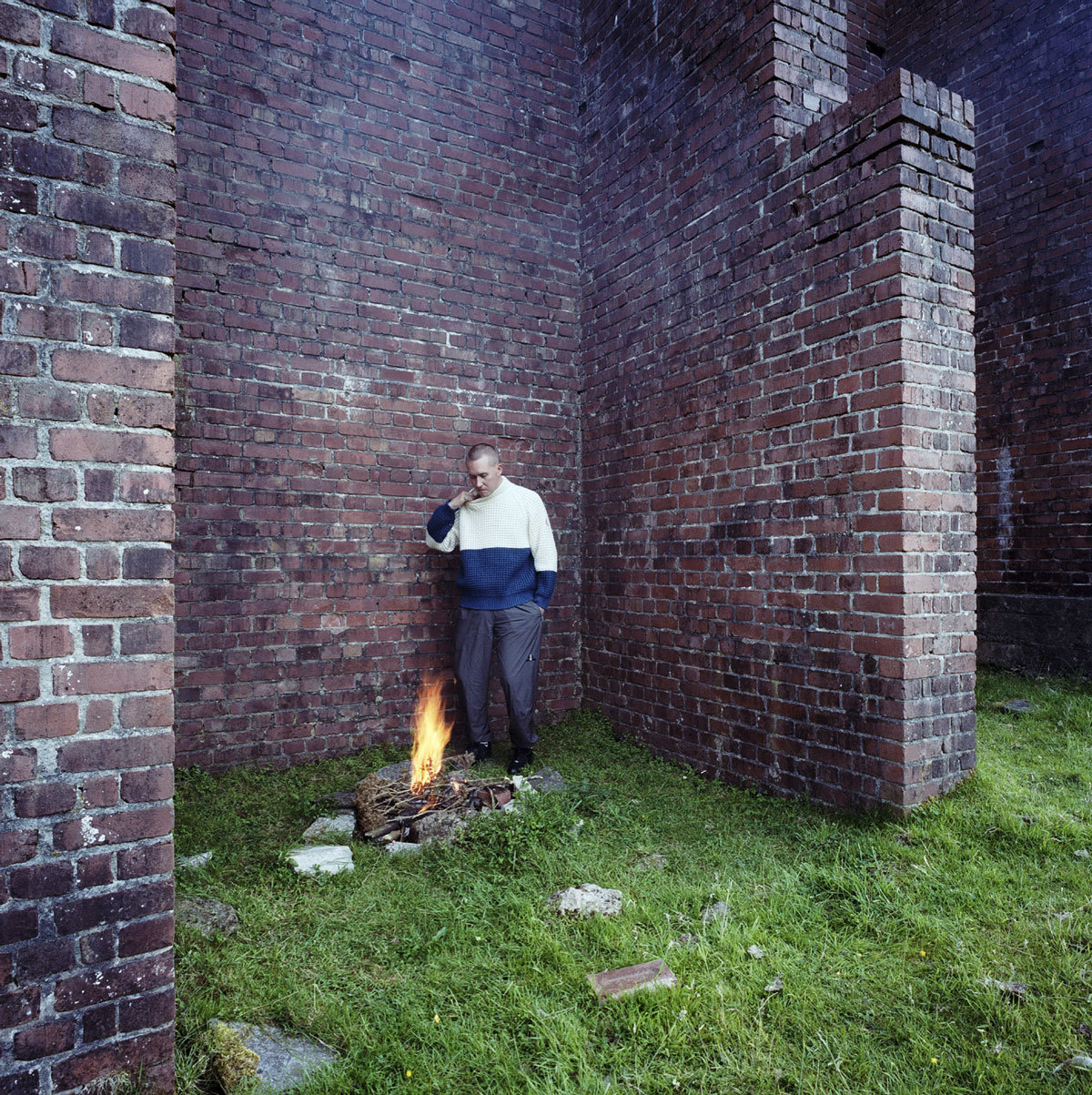Few labels come with a warning stitched into the label; but of course, Cav Empt isn’t most labels. Cav Empt, caveat emptor, buyer beware. What kind of brand is this? One of the most exciting, visionary and original streetwear brands to emerge in recent years. The line is emerged in Tokyo, and is the collaborative product of Sk8thing, Hishi, and Toby Feltwell. Between them, the trio have racked up some pretty impressive credentials, having enjoyed stints at BAPE, Billionaire Boys Club, and Icecream. This is a crew that’s already played a massive part of Japan’s streetwear scene.
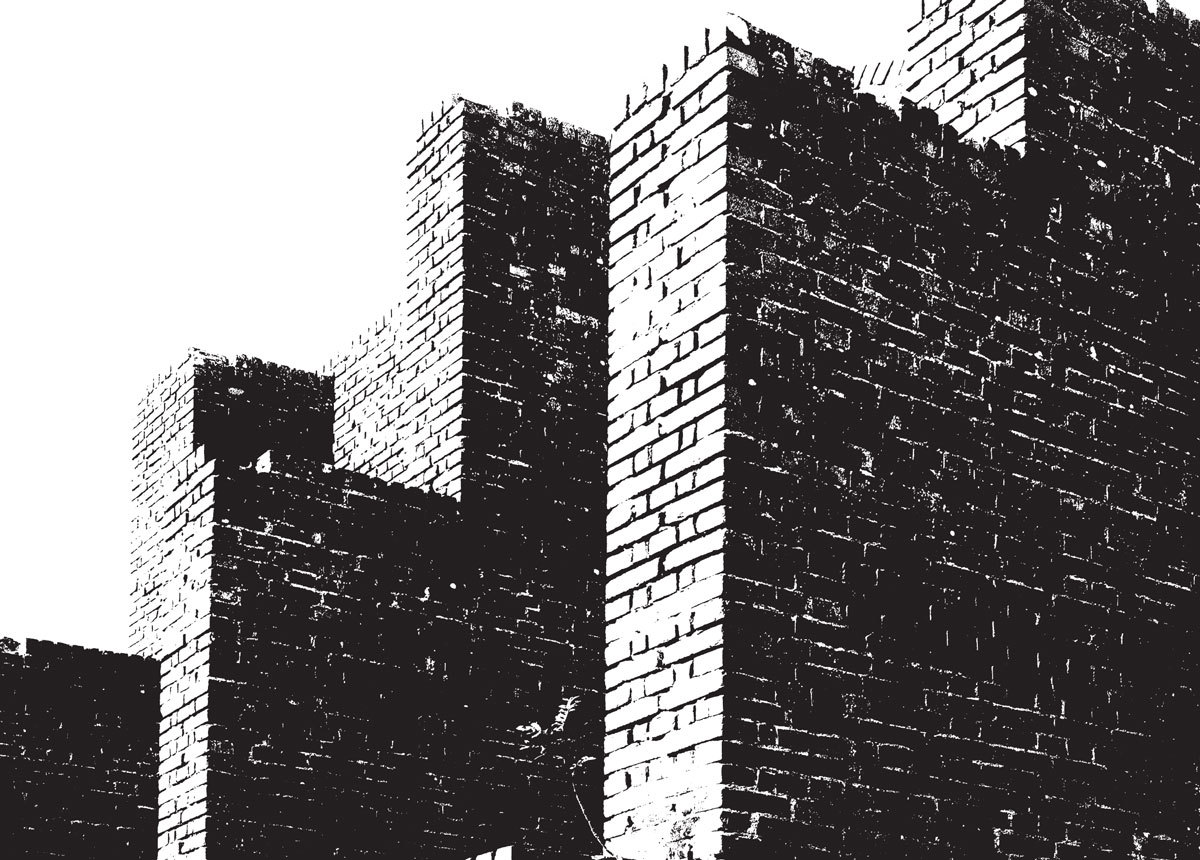
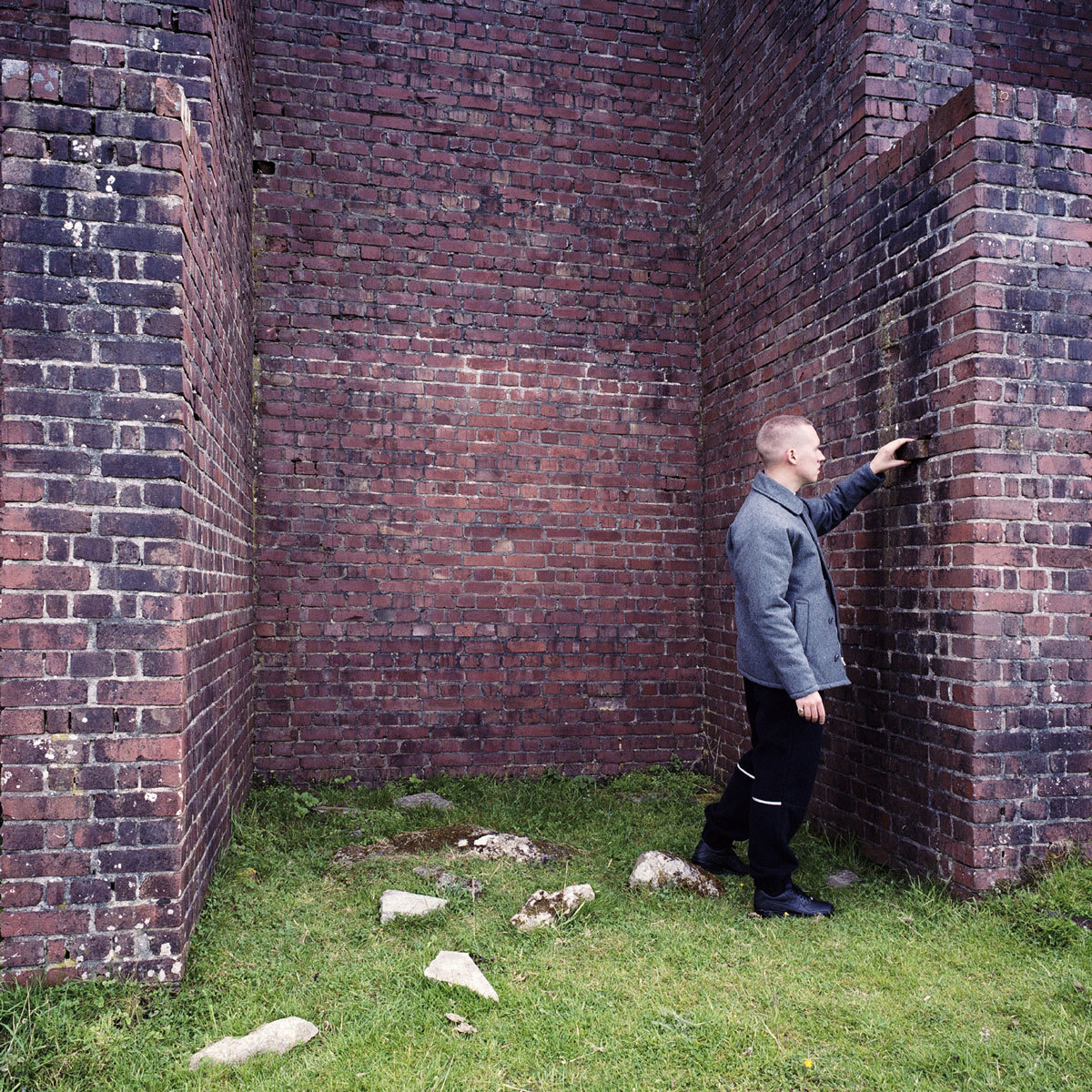
With Cav Empt though, they have made their name pushing a relentlessly unique collision between old and new, west and east, accessibility and avant-garde. Their collections are a time-bending, genre-hopping retro-futurist trip; radical graphics collide with obtuse slogans, bright colors clash with monochrome prints.
For fall/winter 15, Cav Empt departs from its futuristic, sci-fi influenced campaign videos. Instead, Jason Evans shoots the collection set in an old Ministry of Defense shooting range deep in English moorland. Collaborator Joy Orbison (who takes the campaign star reigns from fellow visionary musicians D Double E and Actress) rocks the collection alongside grey scale images of the monumental structure, turning its architecture into something monstrous and dystopian.
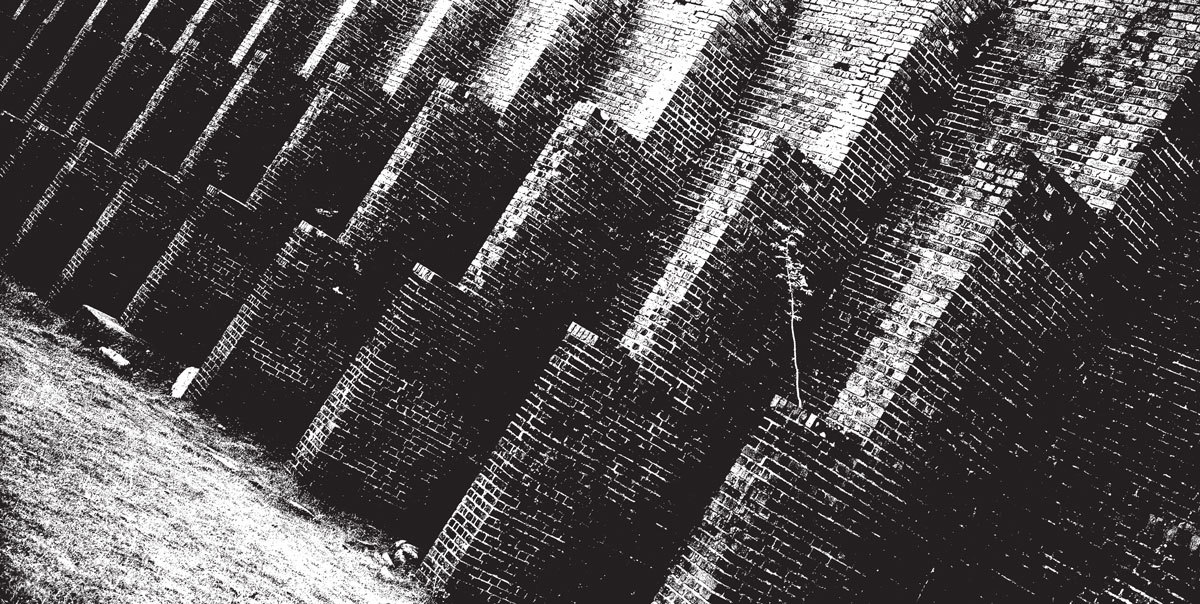

What was the inspiration behind the fall/winter 15 collection?
In general, our inspiration is always the same. We’re thinking about the present and what current reality means, but that’s always changing and our perspective on it evolves too. Cav Empt is an attempt to define reality in some way.
We’re constantly looking for new discoveries, with no real purpose — just following our excitement. Out of that, a collection of clothes hopefully appears. It’s important that the connection between that research and the end product is never too literal or direct. Some of it has to work in a way we can’t really describe in words — that’s one of the most exciting parts of doing it.
How did you want to translate the collection through the lookbook? What was the importance of the location?
It was all about the location, frankly. Ben Drury showed it to us a while ago and we’ve wanted to do something there ever since. It’s a functional structure — part of an old Ministry Of Defense shooting range — but it’s hard to read it as anything other than as some kind of monument. Because it’s just there in the middle of moorland it feels even more like a megalith, or something. C.E’s always been interested in monuments, and we refer to ziggurats a lot. They’re like an expression of a desire to stop time and control reality, but eventually they always demonstrate the reverse of what was intended by the powerful regimes that build them. Nothing lasts forever.
It was great that Joy Orbison was up for wearing the clothes too. He came to Tokyo to play at a party for us just after we’d finished showing this collection to buyers, so it was natural to us to have him involved. It seemed to make a lot of sense.

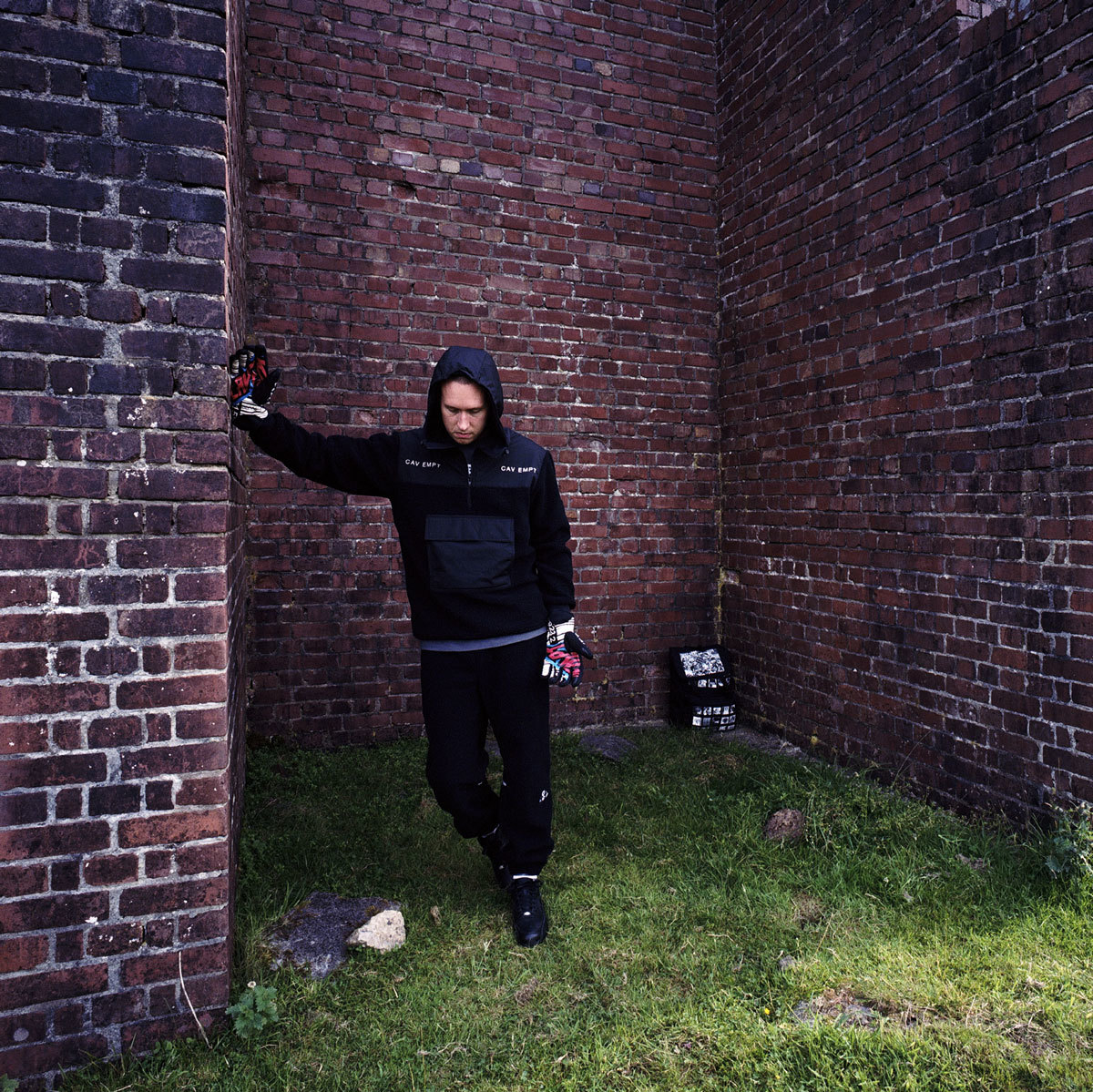
It’s much less rooted in a sci-fi aesthetic than your previous advertisings. What made you want to change direction?
We’ve mostly done videos in the past. The biggest advantage of that is that you can put music to the images. So, it’s more of a complete world. I suppose that would make it seem more sci-fi. Please imagine that Ellipsis is playing when you look at the photos — that should add to the atmosphere!
This time, we felt strongly that we didn’t want to do a video. We got tired of the narrative potential of “dude wearing clothes.” The last one we did was a recording of a live performance by Rezzett at our presentation in Tokyo Fashion Week. That felt like a relevant thing to show on video, but after that we came to think that just showing looks is probably better suited to good photographs. We did consider doing something interactive, but it felt a bit awkward and didn’t seem to add anything. We’ve wanted to work with Jason Evans for a while, too — so it felt like things were moving in that direction. He was really into the location, and we think he understood exactly why we liked it and managed to capture it perfectly.
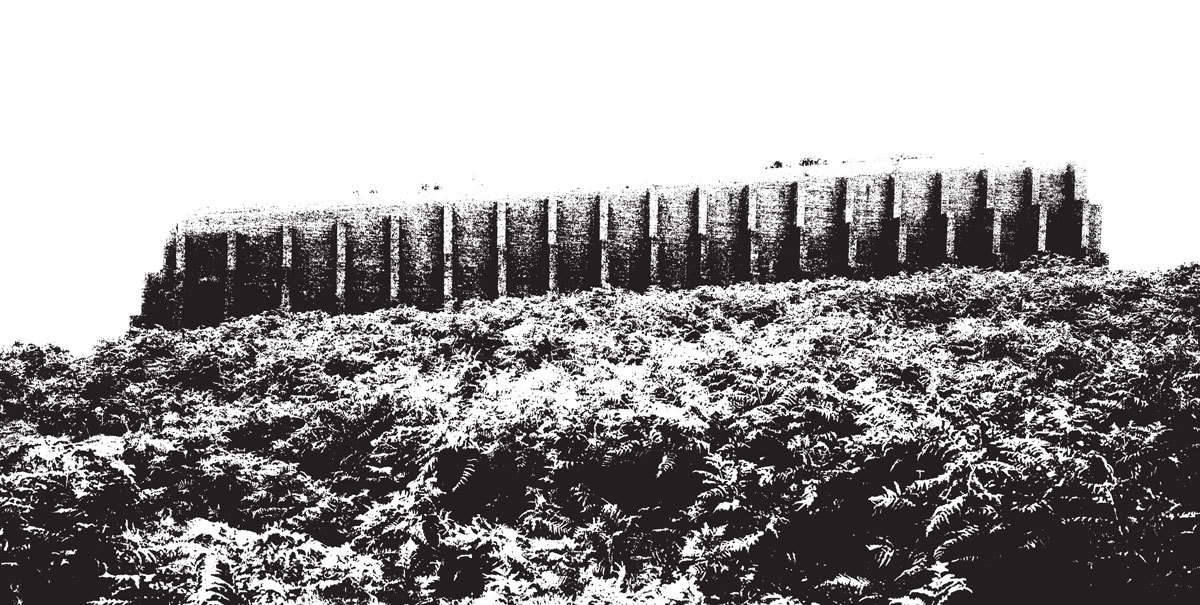

How would describe your relationship to futurism and nostalgia? These two concepts seem to be at the heart of everything C.E. does.
We’re really interested in the present. But, you can only really define the present by referring to what has gone before and where things seem to be going. As far as data is concerned, the near future will be about an increasing ease of reference to more and more information, which is to say, records of things that have happened already. Perhaps the increasing quantity of things we can access will mean that the images are less and less connected to their original context… The gaps in the record are harder to see, and it’s an increasingly random parade of memories that say more about the present than they do about when they were created. So, to us, the two concepts are just parts of how we understand the present.
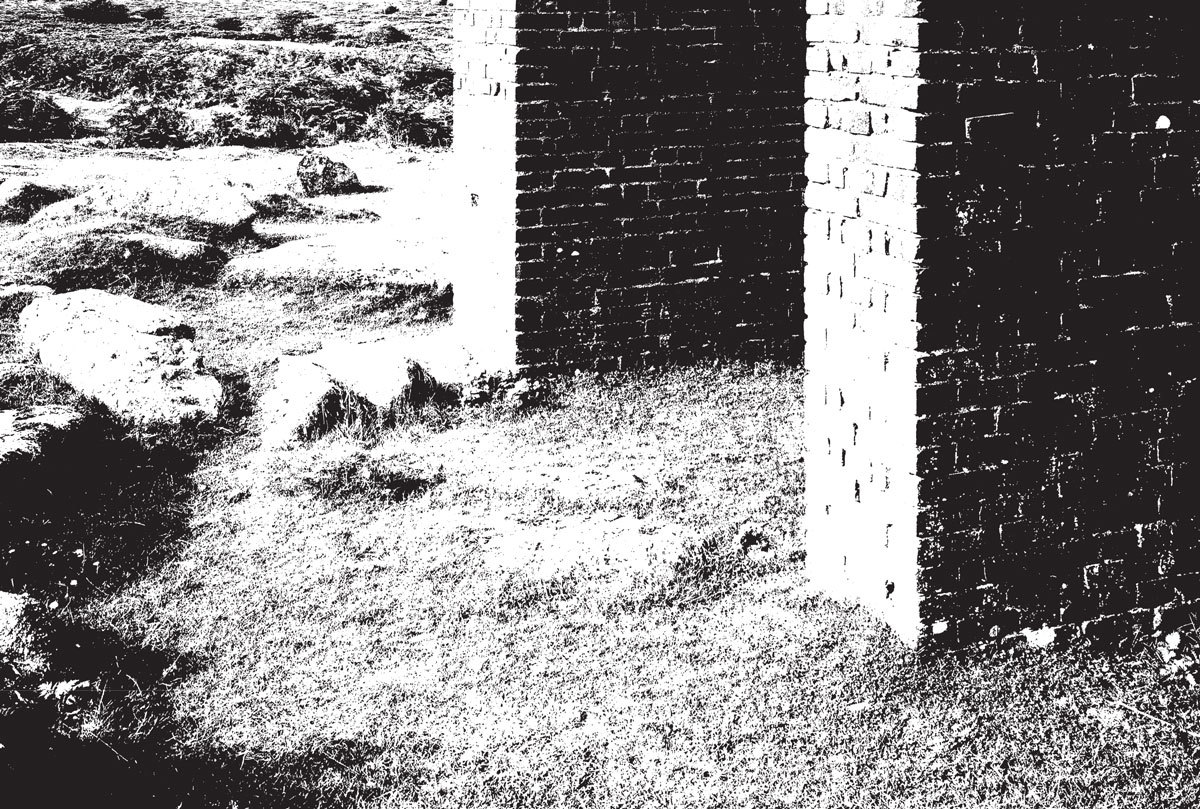
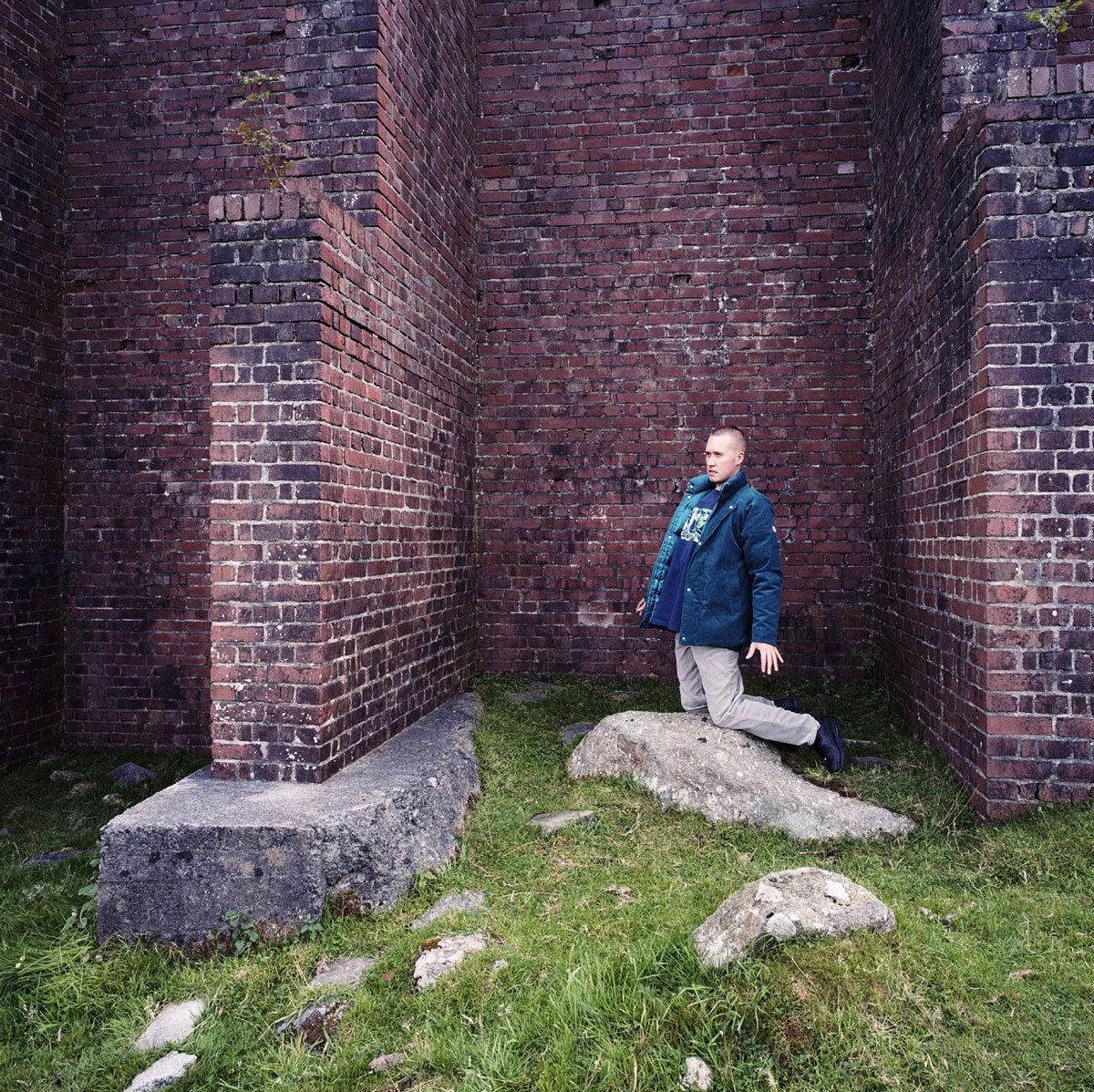
What’s the most important thing for Cav Empt when presenting the brand to the world?
We see it as an important opportunity. We like working with people from other disciplines — photographers, musicians, designers — to try to create something together that represents the world of the brand. It’s the same feeling as making the clothes, but free of the commercial concerns and with less control. And it’s always better when we can’t completely control it; it expands the potential of Cav Empt. So long as we all agree that the representation adds something we haven’t seen before and we enjoy the process of creating it, it’s right as far as we can tell.
One specific thing we try to stick to is not to create a traditional advertising image, an idealized picture of how the clothes might be worn. That implies that anything else is incorrect or inferior. So we like the clothes to be worn by people we know (so far mostly musicians), who do something we’re into, just to give an example and let people have some context of C.E. But we feel we shouldn’t pick someone only because of how they look. We don’t think C.E should endorse a particular face, and we have obscured faces in the past for that reason.
What’s next for Cav Empt?
We don’t have any real business goals other than to keep doing the work of the brand and keep enjoying it and being satisfied by it. We can’t tell where that will take us yet. Since we don’t like to retread the same path we are always looking for new means to do what we do. We’ve been thinking about what a permanent C.E shop would be like and so we’ve been focussing on events and ways of presenting what we do in physical spaces. We’re hoping we can start to do more of that outside of Japan, too.
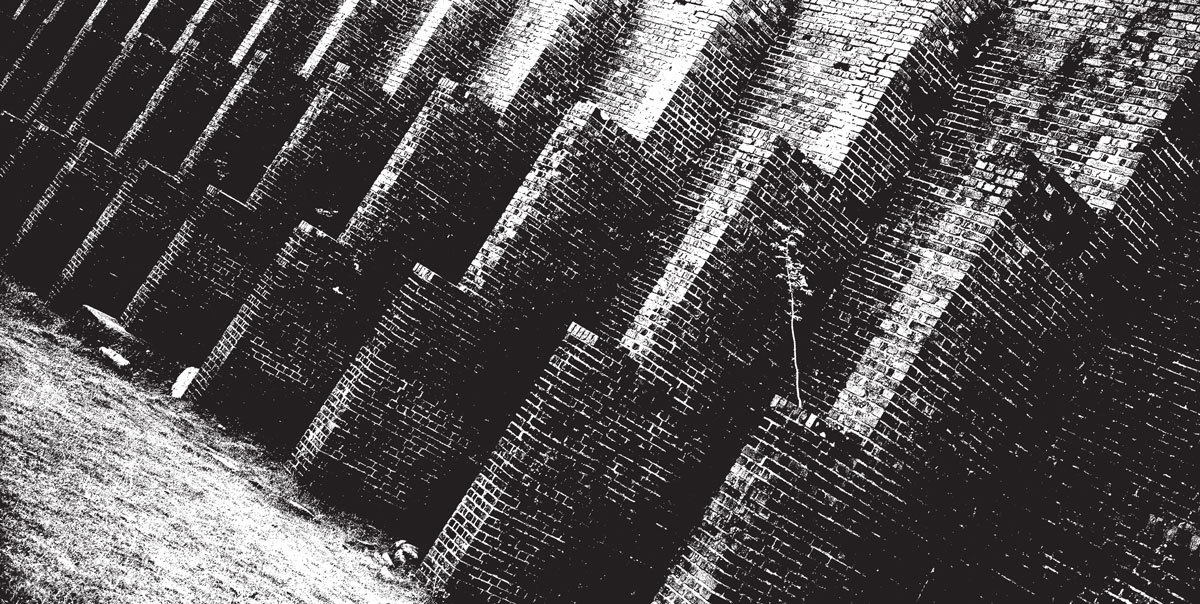
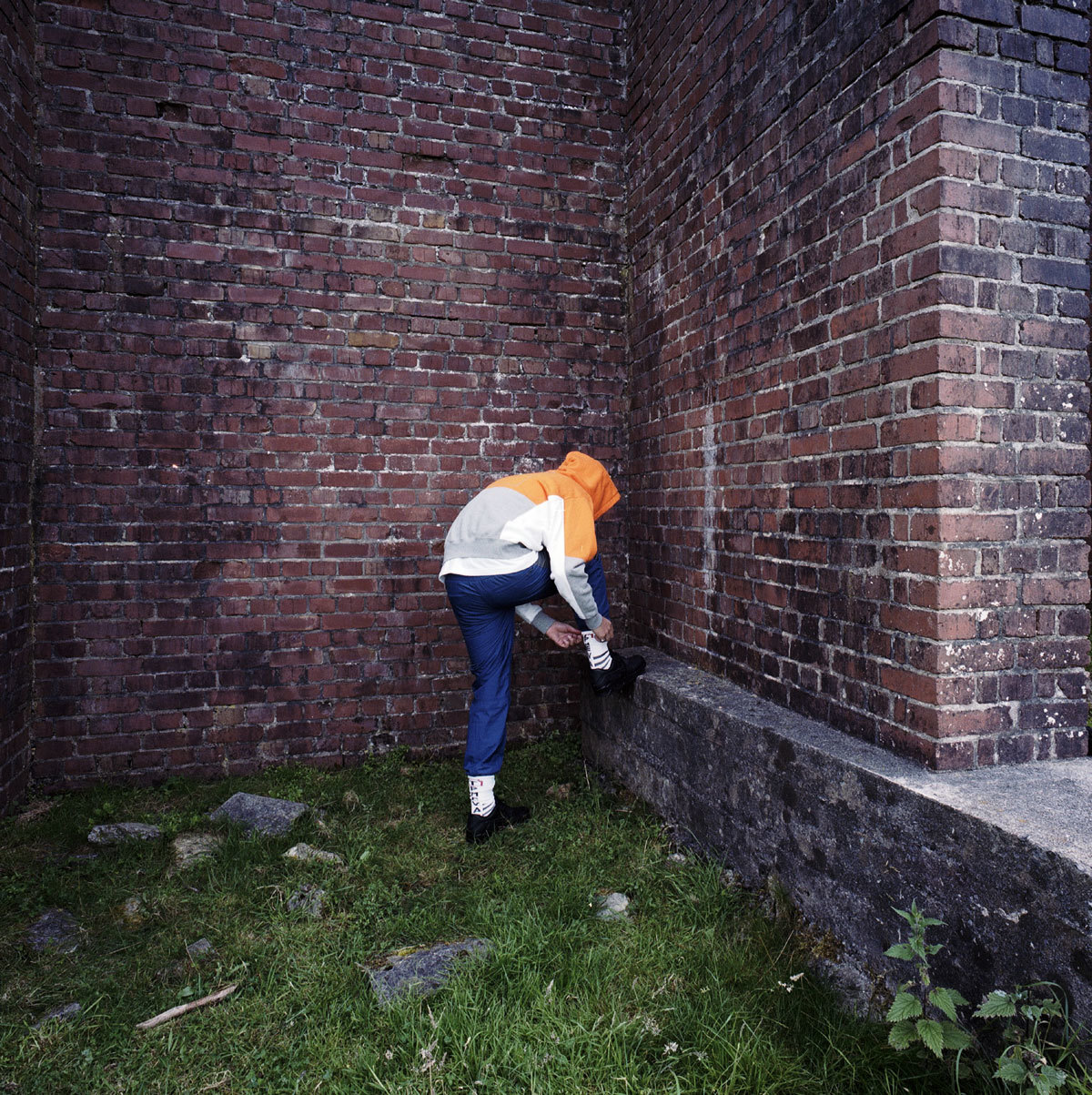
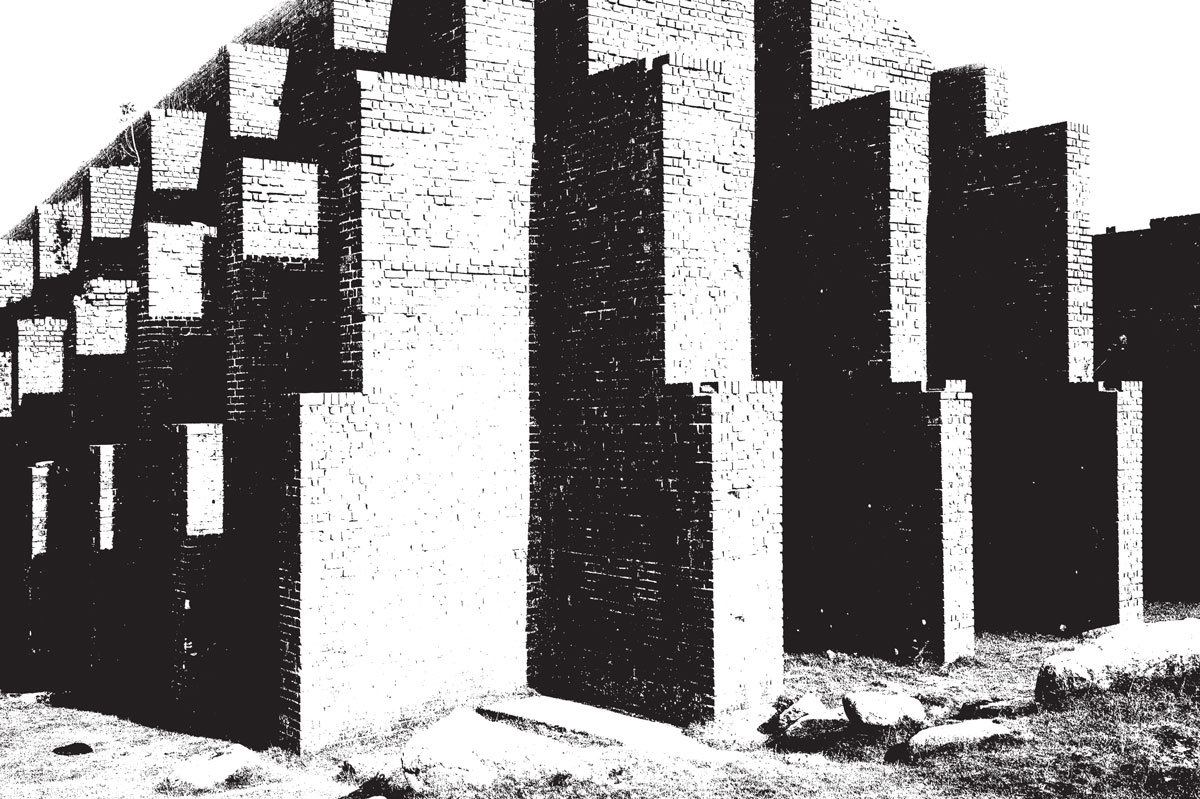
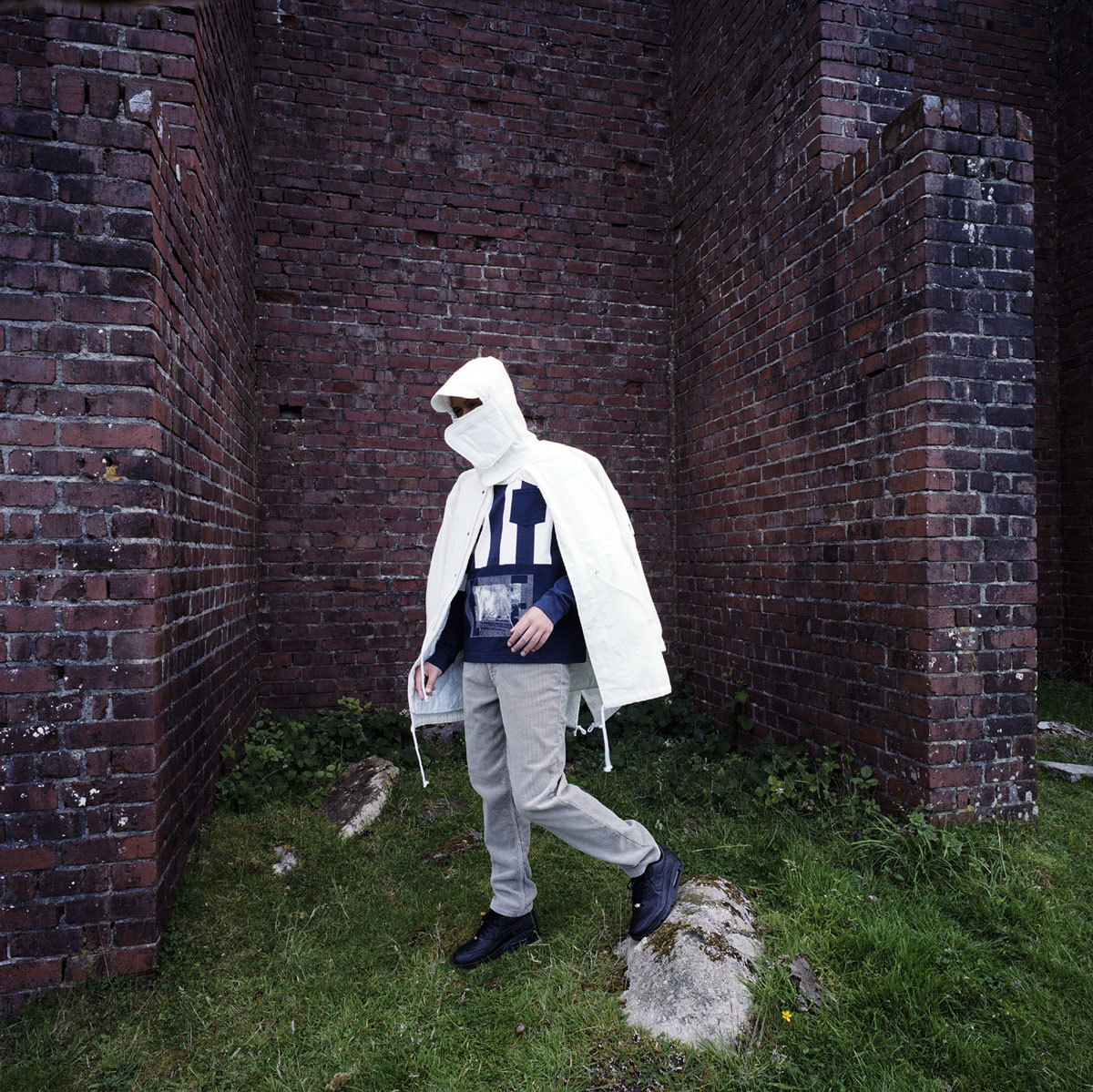
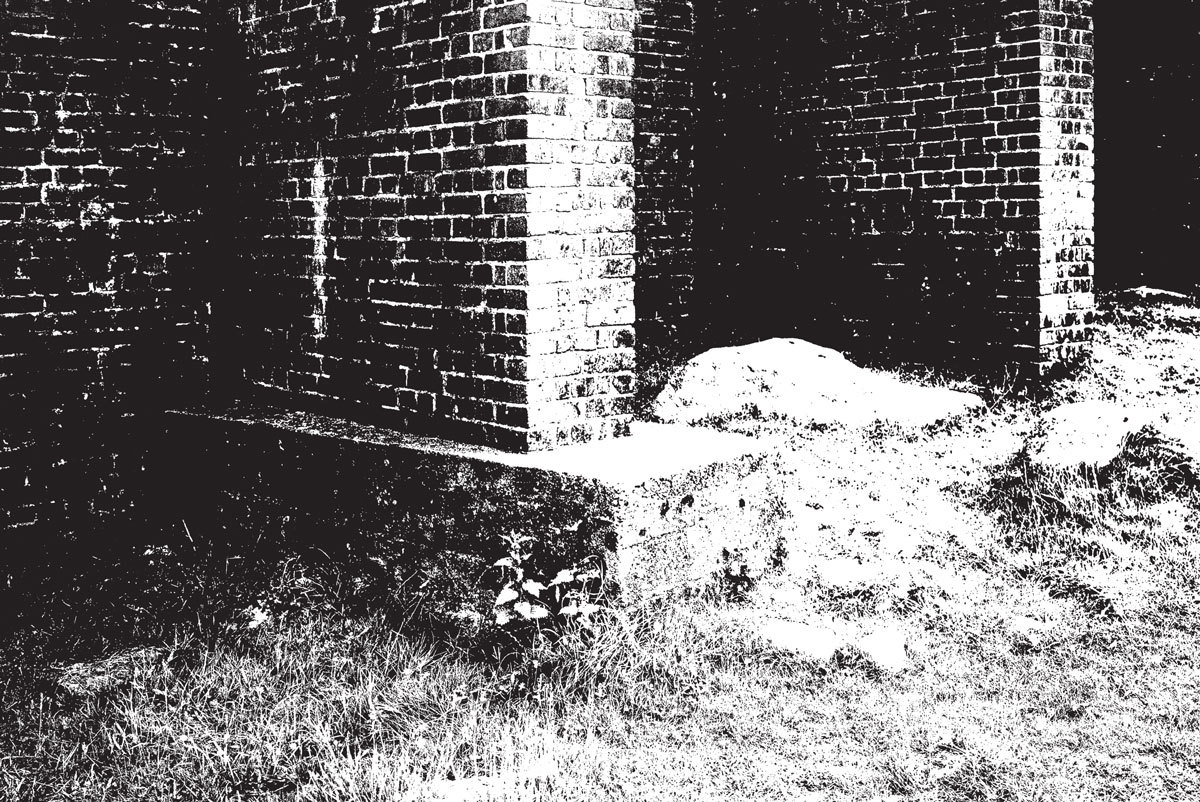
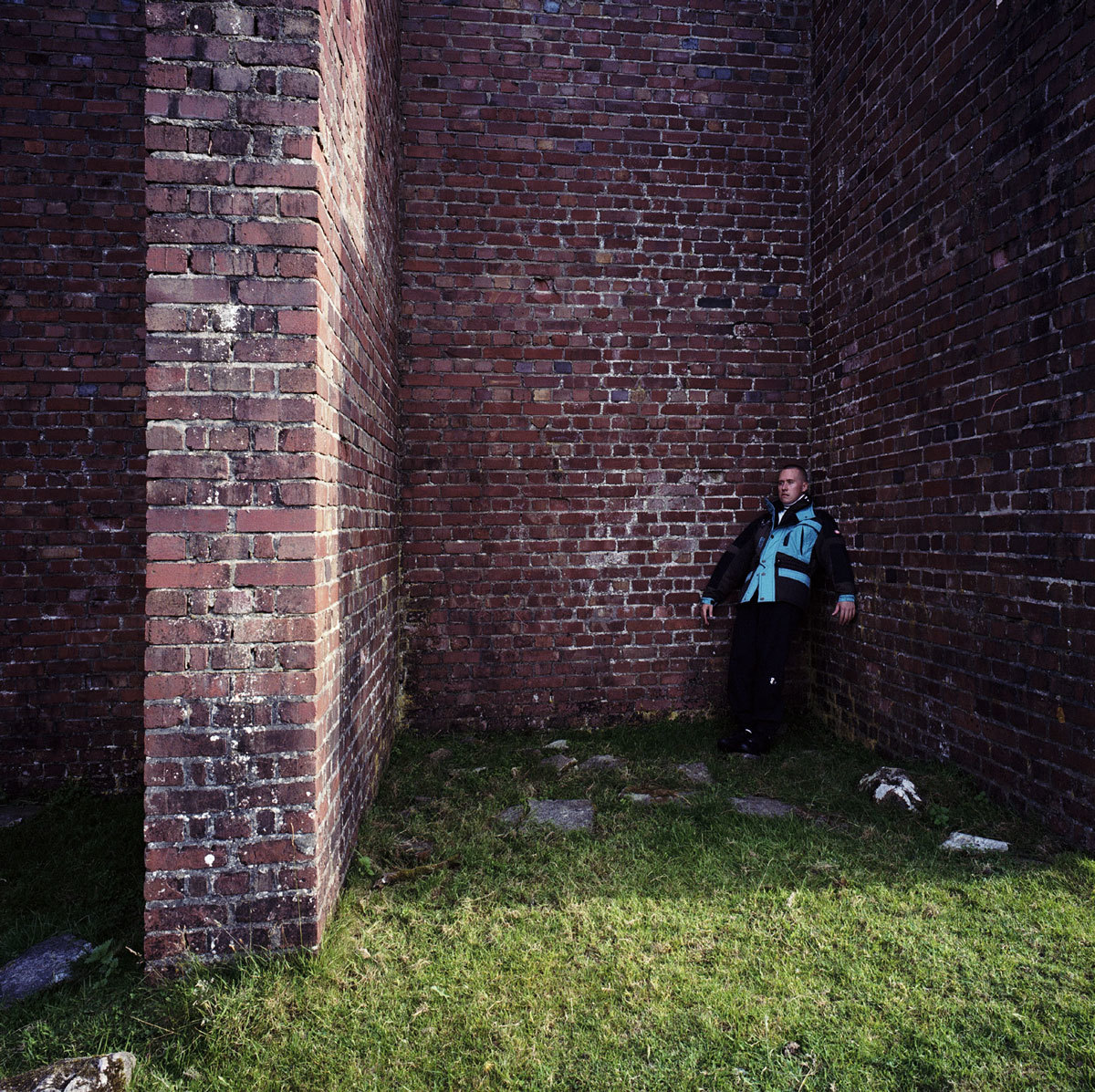

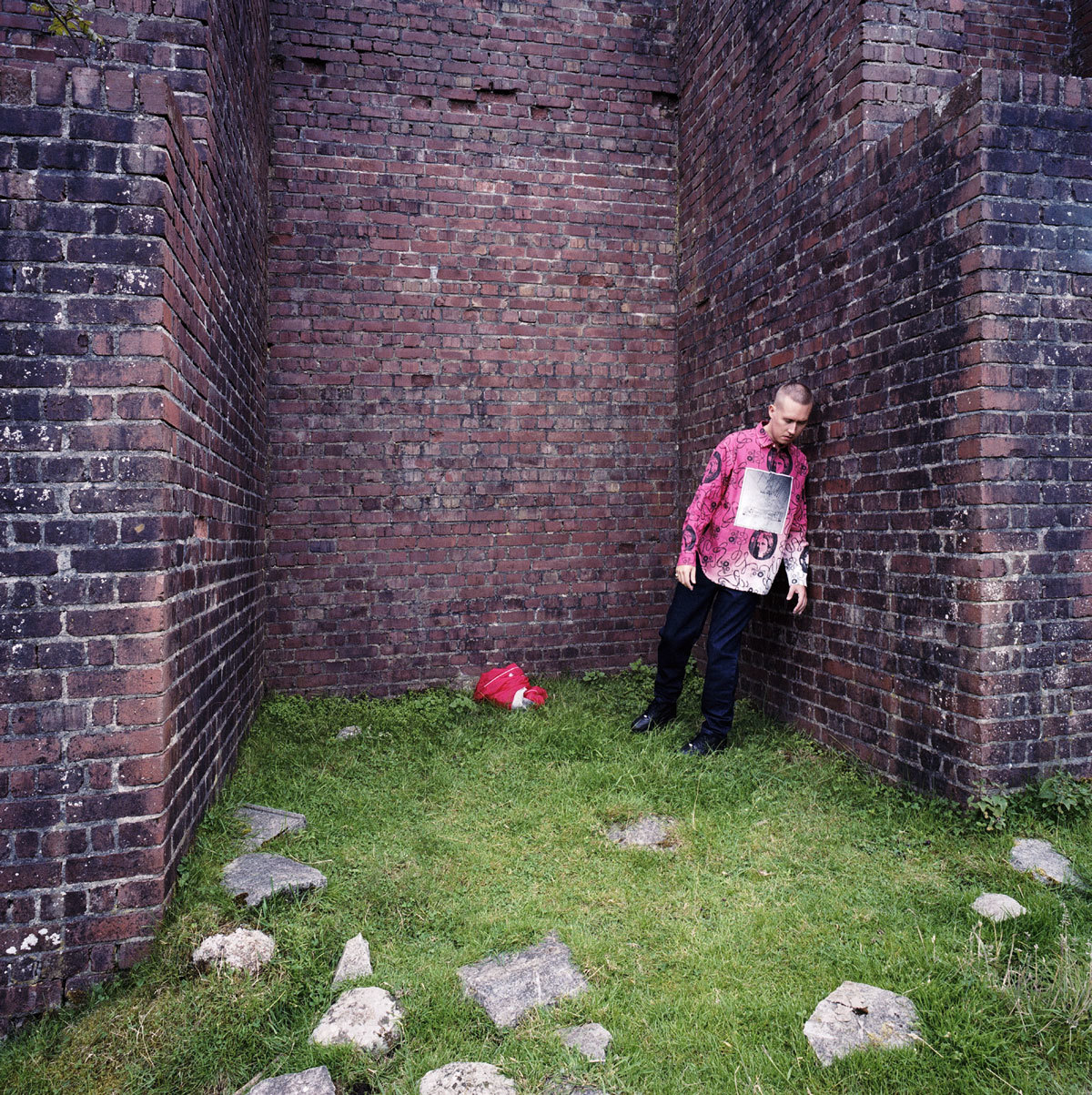
Credits
Text Felix Petty
Photography Jason Evans
Styling Max Pearmain
Art Director Ben Drury
